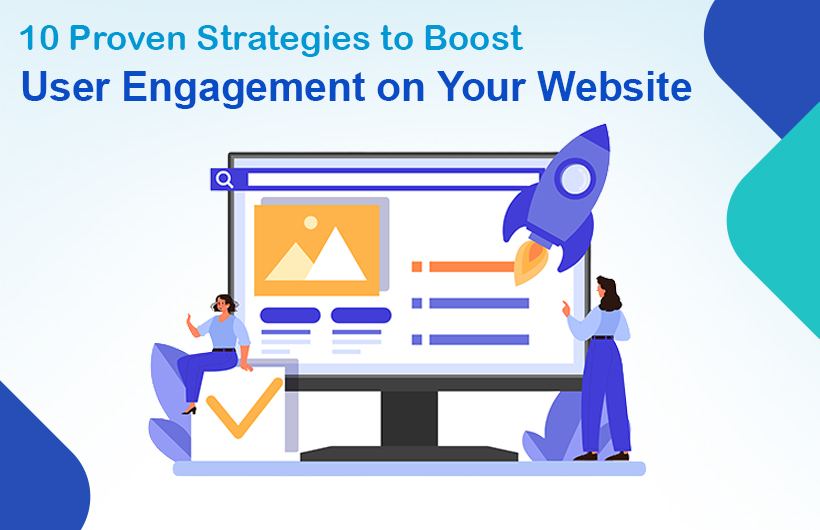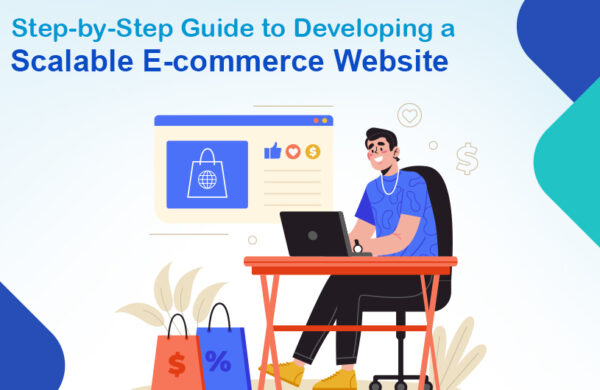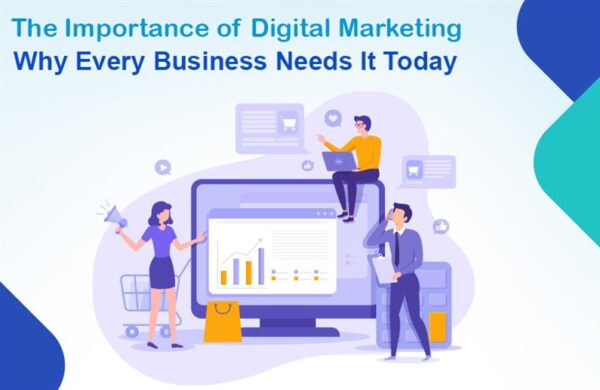These days, it isn’t enough for a site just to look gorgeous. Website user engagement is what turns passive visitors into active explorers, making sure they don’t glance at your beautiful page for two seconds and then leave. Engagement isn’t invisible data; it’s the real heartbeat of your online presence. When users are engaged, they read your content, click buttons, share your posts, and complete those juicy calls to action. Slip into the opposite zone, though, and your site might send off red flags like bounce rates that skyrocket, short sessions that fizzle out, and revenue that evaporates.
Keep that website user engagement level high and you’ll feed more than just your immediate data dashboard. Search engines notice whenever visitors linger and scroll, so your SEO will skyrocket. Frequent customers bookmark the pages that consistently give them something worth returning for, and trust in your brand builds itself, page by page. It doesn’t matter if you operate a SaaS, run a boutique online shop, or partner with a digital marketing agency; turning casual visitors into loyal supporters takes focused website user engagement.
The good news is you don’t have to guess your way to a more interactive website. Here are ten battle-tested strategies that create memorable online experiences and invite visitors to return to their own timetable.
1. Get to Know Your Audience Inside Out.
The first step in any engagement plan is researching the people you want to invite. Dive into their needs and habits. Survey the data on what they truly want so your beautiful website isn’t just eye candy; it’s a vital, irresistible tool.
- Activate Google Analytics to discover who your visitors are, where they originate from, and how they navigate your site. All this data paints a clearer picture of your audience.
- Build user personas, which are kind of like your imaginary friends, but they’re based on research. These profiles help you picture the exact people you want to serve.
- Use heatmap tools like Hotjar. These colorful overlays show which buttons, images, or text attract the most clicks and which parts your visitors leave untouched. By spotting the hotspots, you can adjust your mess to match your audience’s vibe.
When you change the layout, tone, or content to suit what your site visitors really want, the site suddenly feels like it was made just for them, and welcome is the only message they get.
2. Speed Up the Site
Believe it or not, making a page load just one second slower can shrink sales by almost 7%. Today’s visitors want answers before the screen finishes lighting up; if you keep them waiting, they bounce.
A few things that drag down speed include:
- Bulky images that keep their full size but lose their context
- Hosting that feels like dial-up even when everyone’s on fiber
- Too many unneeded scripts and plugins that cloak the page in clutter
Choose a speed-checking tool like GTmetrix or PageSpeed Insights to find the laggers. Shrink images, ditch the fluff, pick a strong host, and fire up a content delivery network (CDN) to spread your site from one server to many. All those tweaks keep website user engagement flowing smoothly.
3. Produce Shareworthy, Next-Step Content
Content is still the throne upon which user engagement sits. People stick around for websites that keep dropping the right answers in their lap, not just links to the next sales pitch. Deliver guidance that’s useful and actionable, and they’ll stick around and tell their friends.
High-impact pieces that boost performance are:
- Step-by-step how-to guides that put solutions within reach
- Case studies that spotlight genuine success in the real world
- Listicles that take tough concepts and slice them into easy-to-swallow bits
- Videos and infographics that do the heavy lifting for visual learners
Sew storytelling into your brand and you’ll sound like a friend, not a pitch. Content that leads with real value keeps people loyal and lifts your brand to must-trust authority.
4. Smooth Out Site Navigation and User Experience
No amount of amazing content matters if people can’t track it down. A seamless layout and flow of clicks encourage visitors to keep reading instead of quitting in annoyance.
Follow these guidelines:
- Build menus that are clear and logically layered
- Sprinkle strong internal links that steer readers to related articles or services
- Use breadcrumbs so visitors can backtrack easily
First and foremost, design with mobile in mind. When over half of the web happens on phones, responsive views stop talking points and start cool, satisfied users.
5. Make Your CTAs Clear and Strong
Your call-to-action (CTA) is the friendly nudge that tells visitors what to do next—like signing up for a newsletter, downloading a free ebook, or buying that cool hoodie. If it’s fuzzy or sounds weak, folks might click away. But a zippy, confident CTA sparks instant action.
Example:
- Weak: “Click here”
- Strong: “Grab your free trial and explore now!”
Try different places on the page, tweak the button size, and swap colors. A/B test your CTAs till you find the one that makes visitors click and keeps them glued to your page.
6. Boost User Interaction
Visitors stick around longer when they feel they’re part of a conversation. Double your site’s energy by making it a two-way street.
Try:
- Comment sections for real chat
- Quick polls or playful quizzes that teach and wow users
- Social share buttons that let visitors spread your awesome content
These lively additions don’t just pump up “time on page” they also feed you real-time intel on what your readers love most.
7. Use Email and Retargeting to Win Them Back
Just because someone rolls away from your site today doesn’t mean they’re gone forever. A little email magic and smart ad nudges can reel them back in.
- Give each email list a personality, and send only what speaks to each group.
- Watch what people do (or don’t do) on site. Missed checkout? Shoot a gentle nudge. Birthday next month? Celebrate early with a discount. Exceptional deals for ready buyers.
- Show wistful visitors ads that fit what they viewed, think Google Display Network banners or lively posts on social.
SaaS startups live and breathe this dance, leading people through these channels until they press the “sign me up” button.
8. Keep Testing until You Win the Click
What wows one crowd might flop with the next. Constant twists and turns through A/B testing help; the stats will guide.
- Swap text, colour, and the real estate each button gets.
- Flip the order of sections on the landing page.
- Sharpen the headline, then the subtitle.
- Choose one photo style and head out for a weekend of testing.
With tech like Google Optimise or Optimizely on your team, you’ll spot the clear winner with a side-by-side look. Try, learn, and repeat until traffic becomes loyal subscribers.
9. Build Trust with Transparency
You can stack your home page with animations and big words, but the truth is, your visitors are still scanning the room for trust. They trust the sites that feel honest, and that trust turns casual clicks into real conversations and sales. Here’s how to earn that trust basket by basket:
- Flash real, unfiltered reviews from people who actually bought your product. Fake ones are easy to spot and kill credibility.
- Stick a badge on your footer that shows you take payment and data security seriously. Little logos go a long way.
- Keep your data collection policies on the same page. Tell visitors how their info is used, and show you play by GDPR and CCPA rules.
- Write a clear, human “About Us.” Add a real office phone number and profile photos, not stock pics. When people know who you are, home feels a little more like home.
When visitors feel respected and know who they are talking to, clicks turn into conversations and sales.
10. Analyze and Adjust Based on Metrics
Let’s face it: Traffic spikes, shiny animations, and copy that wows all the little numbers on the graph still won’t keep you competitive if you don’t watch the story the numbers are telling. Engagement is never set-and-forget. So you keep learning.
Watch the four big players:
- Pages per session tell you how curious people are: Do they take the bait and check out more pages?
- Dwell time how long folks hover shows the page is either love at first sight or the clickbait headline was a flop.
- Bounce rate is the tell. High numbers mean more people left after the first page than stayed for the encore.
- Conversion rate shows who turned desire into a click, a sale, a subscription.
Choose clear, real Key Performance Indicators and check them on a real schedule. Use what clicks to double down and what flops to rework before the competition wakes up.
Wrap-Up
Getting people to stick around and enjoy your website means serving up experiences that matter to them, quick, useful, and interactive. Speeding upload times, showing honest pricing, and answering product questions, you patch these little holes, and the whole ship sails smoother, making your online brand stronger.
Use these engagement tips, and the benefits stack up. You’ll climb the SEO charts, earn repeat customers, and set your business up for the future. Whether you’re launching your first SaaS venture or teaming up with a digital marketing agency, these ten moves will turn drive-by clicks into lifelong users. Focusing on website user engagement ensures that every visitor interaction counts, keeping people coming back, exploring more pages, and truly connecting with your brand.
So, which tip are you putting into action first?





